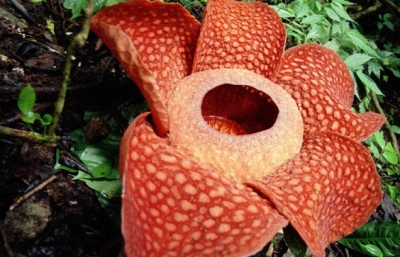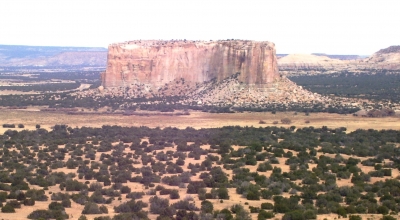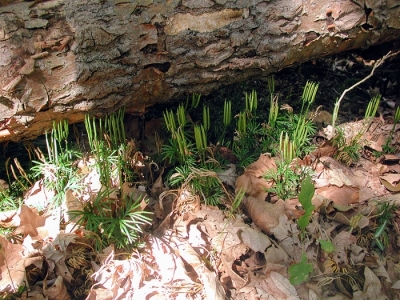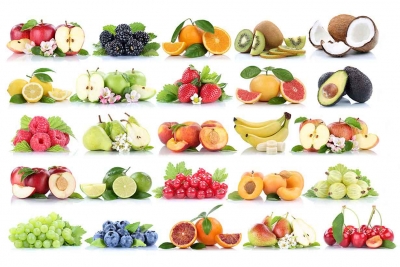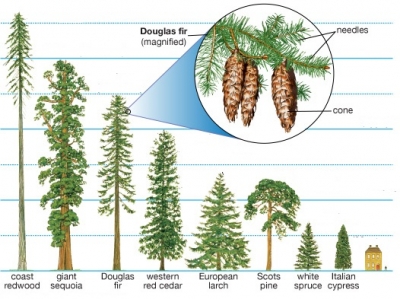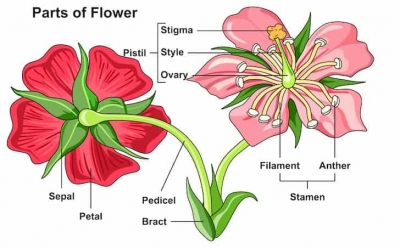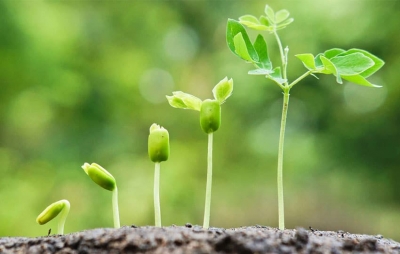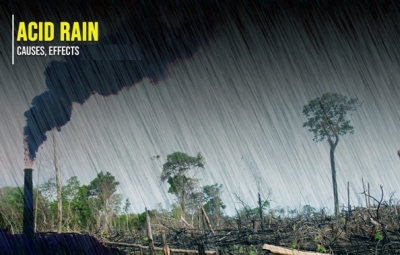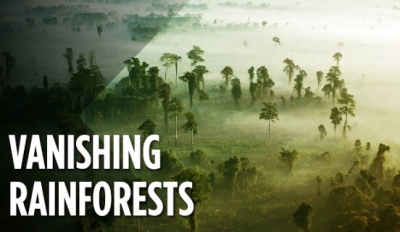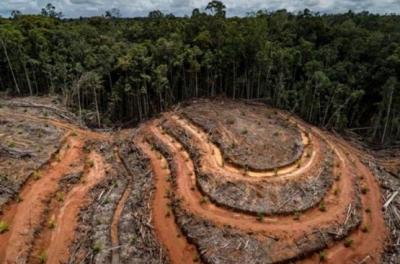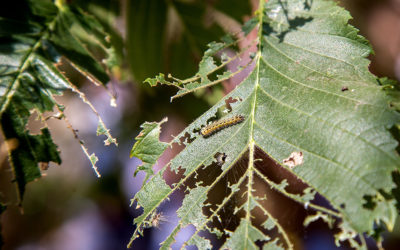Which is the world's tallest tree?
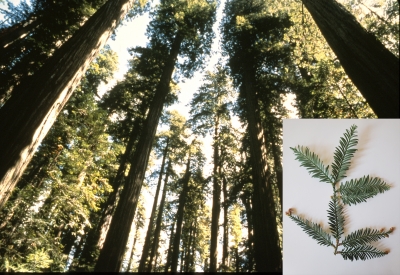
The Coast Redwoods (Sequoia sempervirens) are the tallest trees on Earth. They are found along the coastline of the Redwood National Park in Northern California. Apart from being the tallest trees on the planet, they are also some of the oldest living things on Earth. They have a life of up to 2,000 years. Even though it is not clear exactly why these trees can live to be so ancient, we do know that climatic conditions play a key role in this. They are also some of the most resilient trees on Earth. Their tannin-rich bark seems to be impenetrable to the fungus and diseases that affect other trees.
According to the Guinness Book of World Records, the king of these giants is a tree known as Hyperion. When it was last measured in 2019, it stood 116.07 metres tall from top to base, taller than a 35-storey building. Hyperion's exact location is a closely held secret, but it is known to be found in a hillside in which most of the old-growth coastal redwoods have been logged. Hyperion is estimated to be between 600 and 800 years old.
Picture Credit :Google
